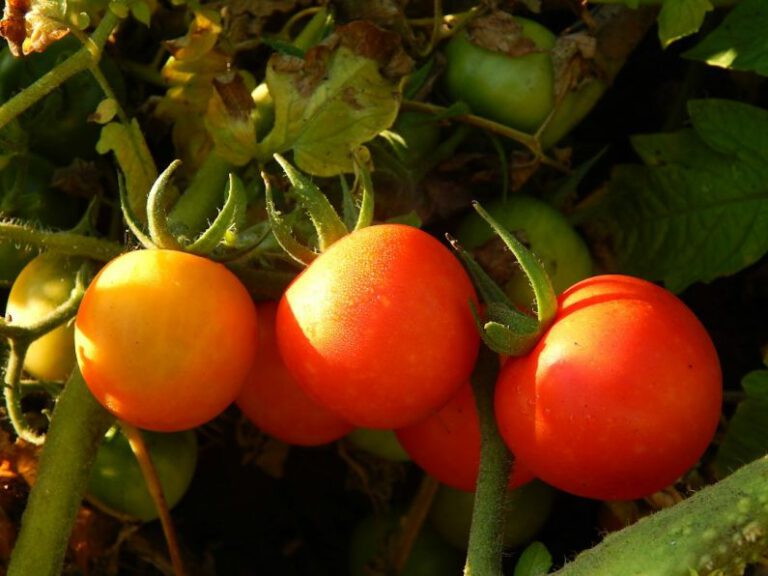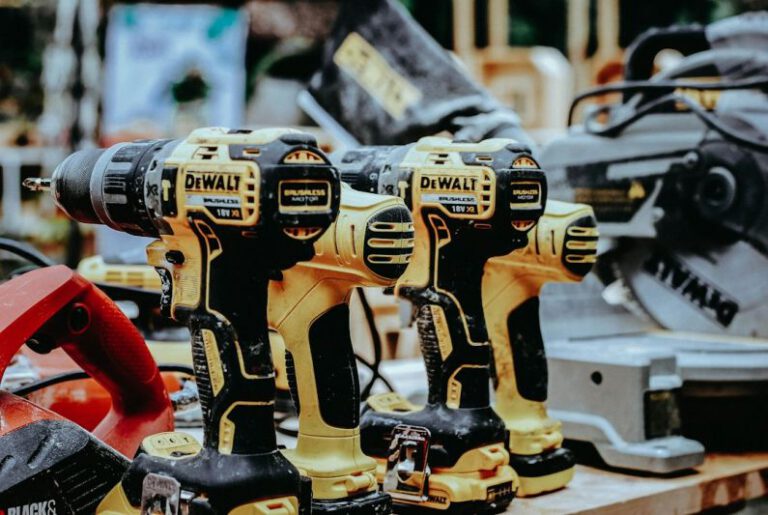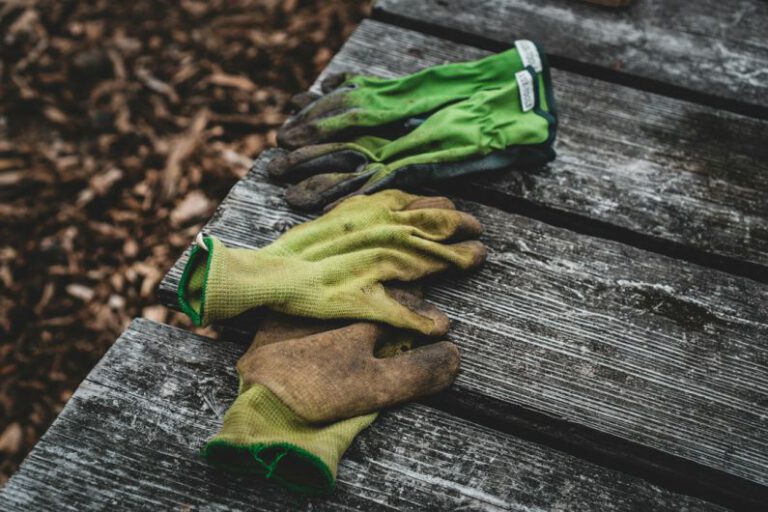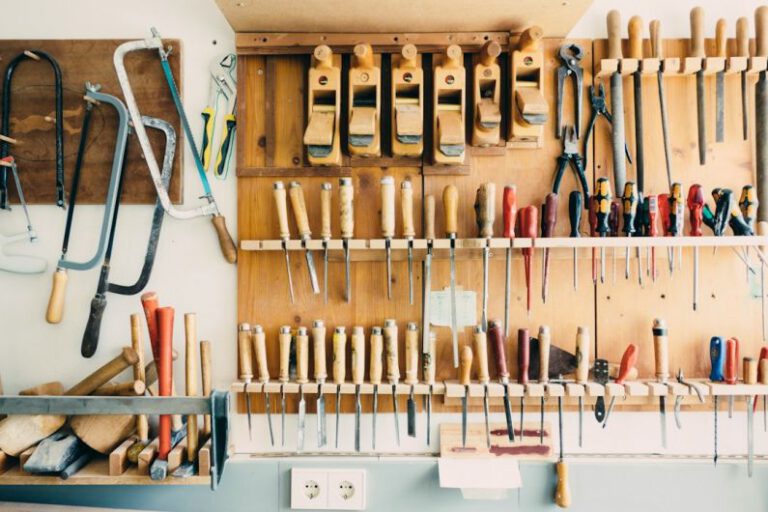Storing Your Hammock during Off-season Times
As the weather starts to change and the temperatures drop, it’s time to start thinking about storing your hammock during the off-season. Proper storage not only ensures that your hammock stays in good condition, but it also makes it easier to set it up again when the warm weather returns. In this article, we will share some tips on how to store your hammock effectively and keep it in top shape.
Clean and Dry Your Hammock
Before you store your hammock, it’s essential to clean and dry it thoroughly. Start by removing any dirt or debris using a soft brush or a cloth. Pay extra attention to the corners and crevices where dirt tends to accumulate. Next, wash your hammock according to the manufacturer’s instructions. Use a mild detergent and lukewarm water to gently scrub away any stains. Rinse it thoroughly and make sure that there is no soap residue left.
Once your hammock is clean, allow it to dry completely before storing it. Hanging it in a well-ventilated area is the best way to ensure that it dries out evenly. Avoid direct sunlight as it can cause the fabric to fade. If you don’t have a suitable outdoor space, you can also hang it indoors near an open window or use a fan to speed up the drying process.
Choose the Right Storage Location
When it comes to storing your hammock, choosing the right location is crucial. You want to find a spot that is dry, cool, and away from direct sunlight. A basement or a garage can be a good option, as long as they are not prone to dampness or extreme temperature fluctuations. If you don’t have access to an indoor storage space, consider using a breathable storage bag or a waterproof hammock cover to protect it from the elements.
Avoid Folding and Hanging
Many people make the mistake of folding their hammocks for storage. However, folding can create creases that may lead to permanent damage over time. Instead, consider rolling your hammock into a loose cylinder shape. This helps to distribute the stress evenly and prevents any sharp folds from forming. Make sure to tie it securely with a rope or a strap to keep it in place.
While hanging your hammock may seem like a convenient storage option, it’s not recommended for long periods. Constant tension on the suspension ropes or chains can cause them to stretch or weaken over time. If you must hang your hammock, make sure to periodically check the integrity of the hanging system and adjust the tension if necessary.
Protect it from Pests
During the off-season, your hammock may become a cozy home for pests such as insects, rodents, or birds. To avoid any unwelcome guests, consider using a protective cover or bag. Look for a cover that is made of breathable material to prevent moisture buildup. Additionally, you can sprinkle some cedar chips or use natural pest repellents to deter pests from nesting in your hammock.
Conclusion
Properly storing your hammock during the off-season is essential to ensure its longevity and usability. By following the tips mentioned in this article, you can keep your hammock clean, dry, and protected from pests. Remember to clean and dry it thoroughly before storing, choose a suitable storage location, avoid folding and hanging, and protect it from pests. With proper care, your hammock will be ready to provide you with relaxation and comfort when the warm weather returns.






